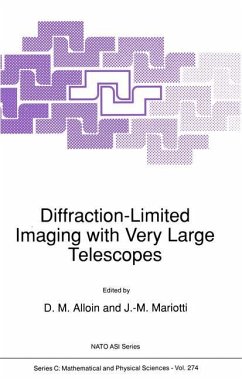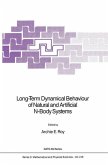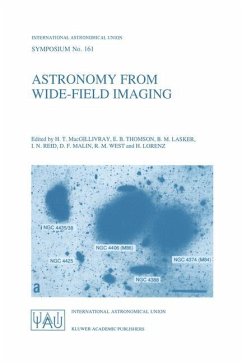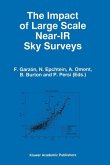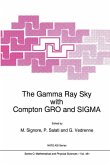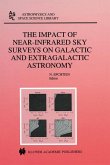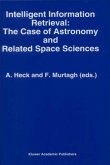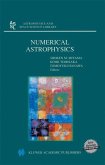A few years ago, a real break-through happened in observational astronomy: the un derstanding of the effect of atmospheric turbulence on the structure of stellar images, and of ways to overcome this dramatic degradation. This opened a route to diffraction-limited observations with large telescopes in the optical domain. Soon, the first applications of this new technique led to some outstanding astrophysical results, both at visible and infrared wavelengths. Yet, the potential of interferometric observations is not fully foreseeable as the first long-baseline arrays of large optical telescopes are being built or cOIIllnissioned right now. In this respect a comparison with the evolution of radio-astronomy is tempting. From a situation where, in spite of the construction of giant antennas, low angular resolution was prevailing, the introduction of long baseline and very long baseline interferometry and the rapid mastering of sophisticated image reconstruction techniques, have brought on a nearly routine basis high dynamic range images with milliarcseconds resolution. This, of course, has completely changed our views of the radio sky.
Hinweis: Dieser Artikel kann nur an eine deutsche Lieferadresse ausgeliefert werden.
Hinweis: Dieser Artikel kann nur an eine deutsche Lieferadresse ausgeliefert werden.

